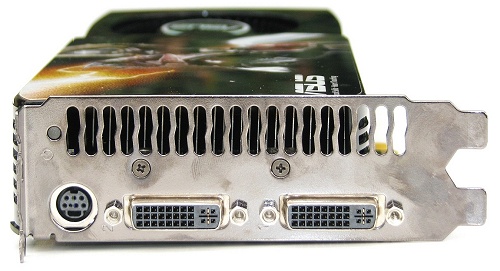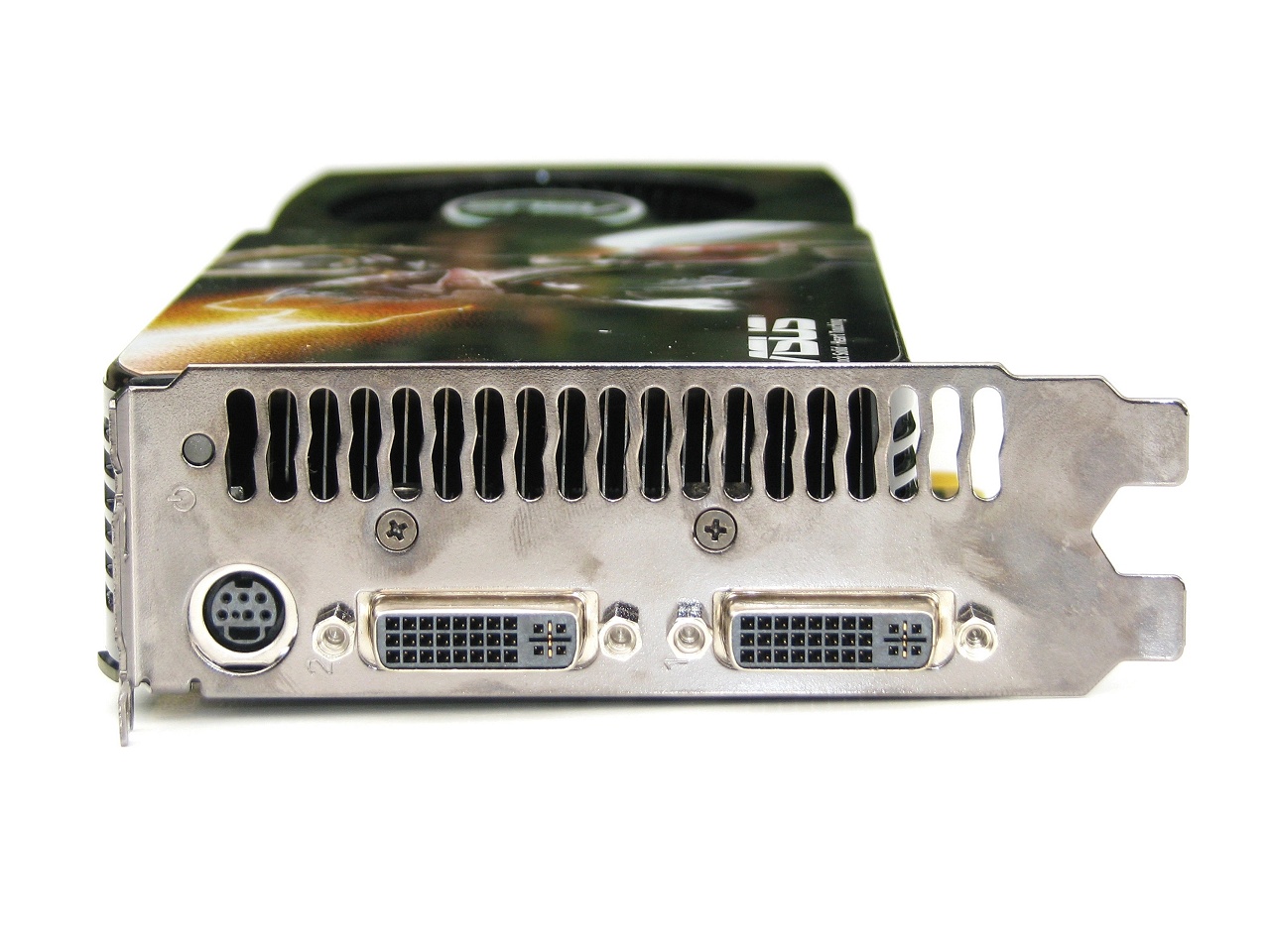The Card and the GTX 285 Chip
With little surprise the Asus GeForce GTX 285 uses the Nvidia reference PCB design and cooling setup. The package itself is also quite bland as it fails to include any gaming titles.



Before we continue, here is a quick sum up of the changes between the new GeForce GTX 285 and the original GTX 280.
Whereas the original was based on a 65nm design the new GeForce GTX 285 uses a more refined 55nm process. This has allowed Nvidia to boost the core clock frequency by 8% (669MHz from 648MHz previously) and the shader clock by 14%. The memory has also been boosted by 12%. These enhancements have improved the memory bandwidth by 12%, while the texture fill rate has been improved by 7%.


The ENGTX285 features 1GB of GDDR3 memory clocked at 1.3GHz (2.6GHz DDR), slightly higher than the default specification that sees the memory operating at 2.48GHz. Samsung ICs have been used and the particular chips are the H5RS5223CFR-N3C. These modules are in fact rated for 2.6GHz operation, so technically Asus is not overclocking them. The memory chips are all located on the front side of the graphics card, on the same side where the GPU is.


When in action, the operating volume level is extremely low for a high-end graphics card, and while the fan speed may increase under load, this went unnoticed during testing.
Another common issue with high performance graphics cards is power consumption, but because of the smaller 55nm design of the GeForce GTX 285 we are expecting it to manage even better than the GTX 260 in this regard.

The GeForce GTX 285 requires two additional 6-pin power connectors to function (which deliver ~75 watts of power each), while the PCI Express 16x slot offers another 75 watts; we can therefore assume the GeForce GTX 285 is capable of sucking up to 225 watts of power when under load. The dual 6-pin connectors are a better configuration than the 6/8-pin setup for the GeForce GTX 280.

Cooling the GeForce GTX 285 core and the six memory chips is a rather large heatsink and fan combo. The setup is huge, though given that it is primarily constructed from aluminum, there is a lot less weight in this heatsink when compared to the GeForce GTX 295 for example.


The new GeForce GTX 285 features two SLI bridge connectors rather than just one. Like the GTX 280 and GTX 260 graphics cards, the GTX 285 can be used in 3-way SLI mode if your pockets are deep enough. Like other cards in the GeForce GTX family, the GTX 285 only supports DirectX 10, while the latest Radeon graphics cards are already DX10.1 compliant, if that serves any purpose anyway.
